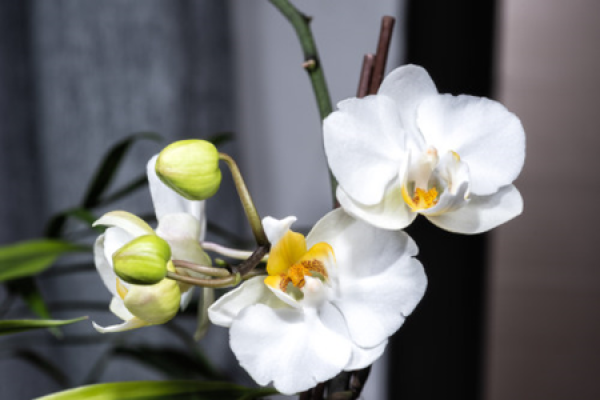The repotting time for Phalaenopsis should be selected at the end of spring and the beginning of summer, when the new roots just grow out, at this time, repotting is not easy to hurt the new roots, and the temperature environment is also very suitable.At this time, the temperature can be guaranteed to be above 20 degrees, which is more conducive to its recovery.If the temperature is too low, less than 20 degrees, it is recommended not to change pots, otherwise it is easy to aggravate the damage to it.

1. Seedling repotting: The seedling grows fast. If it is planted in spring, it should be repotted in summer, otherwise it will affect the later growth.But also cannot put in big basin directly, choose the flowerpot with appropriate size.The method is very simple, the root system is directly taken out together with the soil, and then planted in the pot soil.

2. Adult repotting: Adult Phalaenopsis should be repotted once a year.First take off the pot, carefully shake off the soil of the root system, and then prune the old roots, rotten roots and bad roots.All the garden soil should be thrown away and new soil should be prepared.After treatment, they are planted in new potting soil, first maintained in the shade, and then checked for normal management after recovery.

Seedling repotting can be directly watered thoroughly, so that seedlings and soil can absorb enough water, so that it can adapt to the environment faster and resume growth.If the plant is mature, there is no need to water it in a hurry after repotting, because there will inevitably be wounds in root pruning.First slow down for two or three days and then water the wound after adaptation to avoid infection.